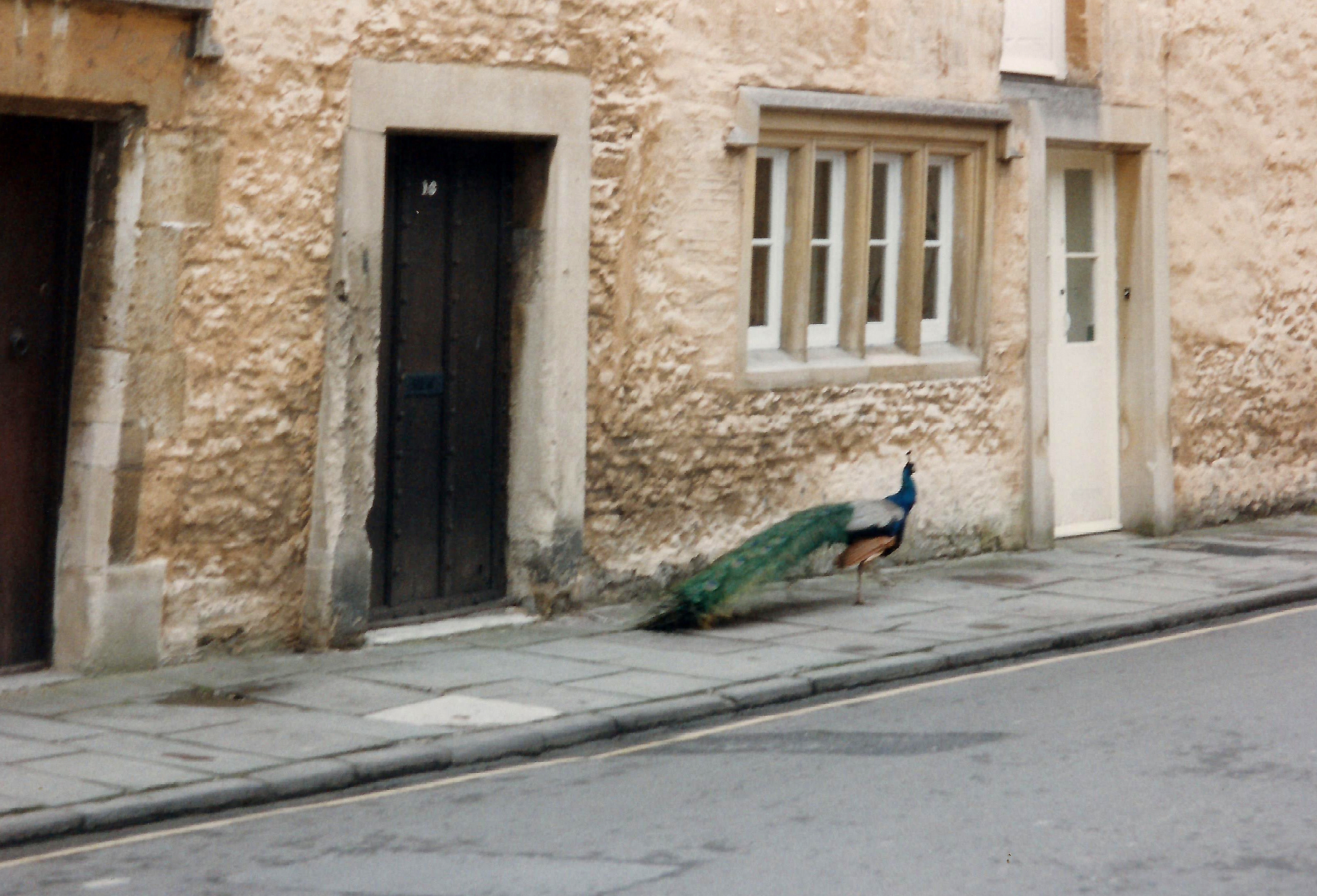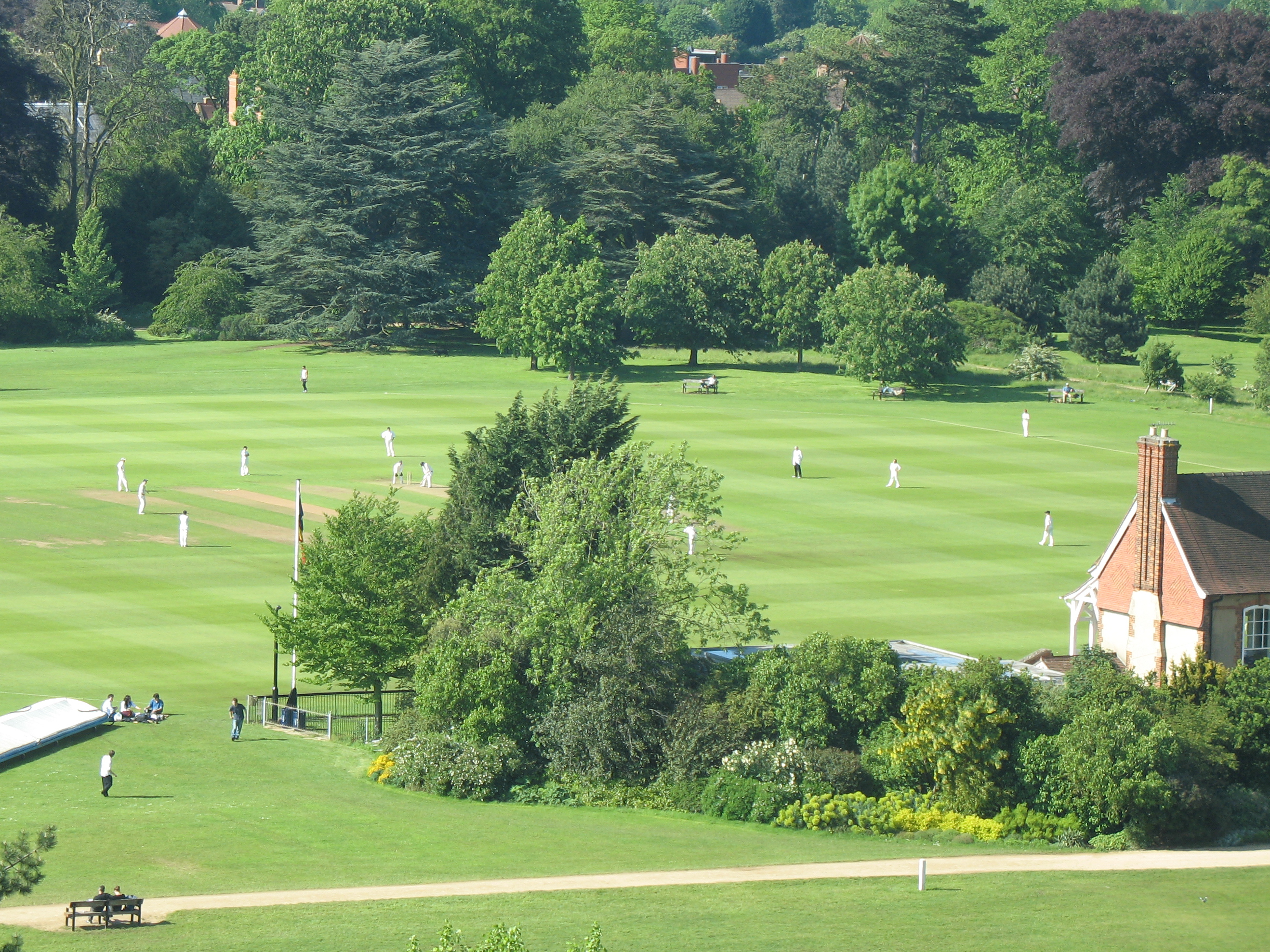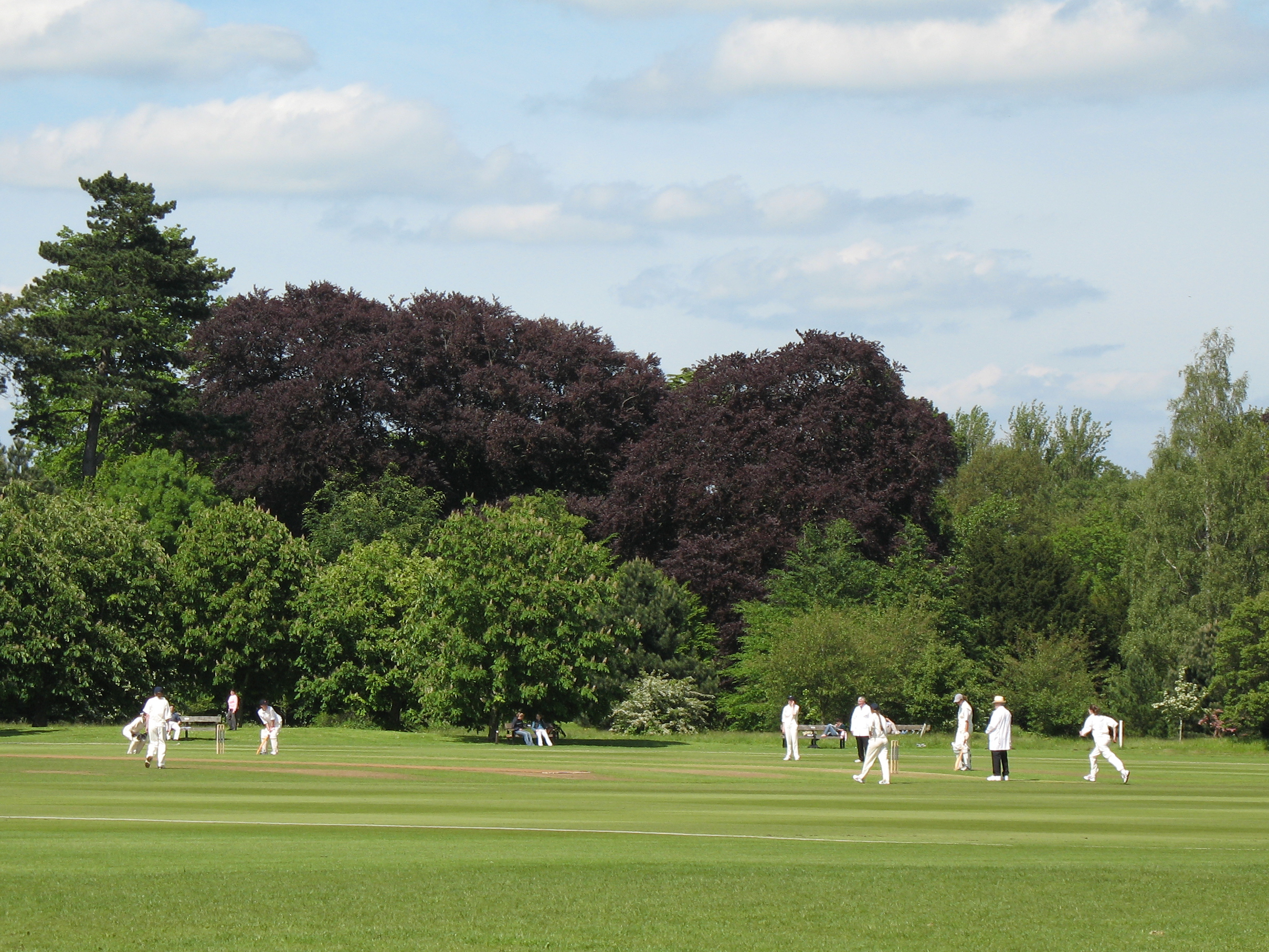|
William Smith (cricketer, Born 1900)
William Alfred Smith (29 September 1900 – 6 January 1990) was an English cricketer. Smith was a right-handed batsman who bowled right-arm fast-medium. He was born at Corsham, Wiltshire. Smith made his debut in county cricket for Wiltshire in the 1929 Minor Counties Championship against the Surrey Second XI. From 1929 to 1939, Smith made 89 appearances for Wiltshire in the Minor Counties Championship, the last of which came against Dorset. In his career with Wiltshire he took 387 wickets at an average of 16.84. In 1935, Smith made his first-class debut for a combined Minor Counties team against the touring South Africans at Richmond Drive, Skegness. Batting first, the South Africans made 394 all out, with Smith taking the wickets of Eric Rowan and Dudley Nourse, finishing with figures of 2/97 from 28 overs. Responding in their first-innings, the Minor Counties made 190 all out, during which Smith, who batted at number eleven, ended the innings not out on 7. Forced to f ... [...More Info...] [...Related Items...] OR: [Wikipedia] [Google] [Baidu] |
Corsham, Wiltshire
Corsham is a historic market town and civil parish in west Wiltshire, England. It is at the south-eastern edge of the Cotswolds, just off the A4 national route, southwest of Swindon, southeast of Bristol, northeast of Bath and southwest of Chippenham. Historically, Corsham was a centre for agriculture and later, the wool industry, and remains a focus for quarrying Bath Stone. It has several notable historic buildings; among them the stately home of Corsham Court. During the Second World War and the Cold War it became a major administrative and manufacturing centre for the Ministry of Defence, with numerous establishments both above ground and in disused quarry tunnels. The parish includes the villages of Gastard and Neston, which is at the gates of the Neston Park estate. History Corsham appears to derive its name from ''Cosa's hām'', "ham" being Old English for homestead, or village. The town is referred in the Domesday book as ''Cosseham''; the letter 'R' appears ... [...More Info...] [...Related Items...] OR: [Wikipedia] [Google] [Baidu] |
First-class Cricket
First-class cricket, along with List A cricket and Twenty20 cricket, is one of the highest-standard forms of cricket. A first-class match is one of three or more days' scheduled duration between two sides of eleven players each and is officially adjudged to be worthy of the status by virtue of the standard of the competing teams. Matches must allow for the teams to play two innings each, although in practice a team might play only one innings or none at all. The etymology of "first-class cricket" is unknown, but it was used loosely before it acquired official status in 1895, following a meeting of leading English clubs. At a meeting of the Imperial Cricket Conference (ICC) in 1947, it was formally defined on a global basis. A significant omission of the ICC ruling was any attempt to define first-class cricket retrospectively. That has left historians, and especially statisticians, with the problem of how to categorise earlier matches, especially those played in Great Britain be ... [...More Info...] [...Related Items...] OR: [Wikipedia] [Google] [Baidu] |
Tristan Ballance
Tristan George Lance Ballance (21 April 1916 – 4 December 1943) was an English first-class cricketer and British Army officer. Ballance attended the University of Oxford, where he played first-class cricket for Oxford University Cricket Club from 1935–37. After graduating he became a schoolteacher, before serving in the Second World War with the Durham Light Infantry. He died of wounds sustained in action in December 1943, three months after being decorated with the Military Cross. Early life and first-class cricket Son to Sir Hamilton Ashley Ballance and his wife, Ruth Ballance (née Barrett), he was born at Norwich in April 1916. He was educated at Uppingham School, before going up to Brasenose College, Oxford. While studying at Oxford, he made his debut in first-class cricket for Oxford University against Worcestershire at Oxford in 1935. He made nine appearances for Oxford in 1935, taking 27 wickets at an average of 35.96, with best figures of 5 for 30. He gained h ... [...More Info...] [...Related Items...] OR: [Wikipedia] [Google] [Baidu] |
University Parks
The Oxford University Parks, commonly referred to locally as the University Parks, or just The Parks, is a large parkland area slightly northeast of the city centre in Oxford, England. The park is bounded to the east by the River Cherwell, though a small plot of land called Mesopotamia sits between the upper and lower levels of the river. To the north of the parks is Norham Gardens and Lady Margaret Hall, to the west the Parks Road, and the Science Area on South Parks Road to the south. The park is open to the public during the day, and has gardens, large sports fields, and exotic plants. It includes a cricket ground used by Oxford University Cricket Club. History Part of the land on which the Parks is located had been used for recreation for a long time, and it formed part of the University Walks said to have been used by Charles II to walk his dog in 1685. The land originally belonged to Merton College, and in 1853/1854, the University of Oxford purchased from Merton Col ... [...More Info...] [...Related Items...] OR: [Wikipedia] [Google] [Baidu] |
Oxford University Cricket Club
Oxford University Cricket Club (OUCC), which represents the University of Oxford, has always held first-class status since 1827 when it made its debut in the inaugural University Match between OUCC and Cambridge University Cricket Club (CUCC). It was classified as a List A team in 1973 only. Home fixtures are played at the University Parks slightly northeast of Oxford city centre. History The earliest reference to cricket at Oxford is in 1673. OUCC made its known debut in the inaugural University Match between Oxford and Cambridge played in 1827. In terms of extant clubs being involved, this is the oldest major fixture in the world: i.e., although some inter-county fixtures are much older, none of the current county clubs were founded before 1839 (the oldest known current fixture is Kent ''versus'' Surrey). The Magdalen Ground was used for the University Cricket Club's first match in 1829, and remain in regular use until 1880. Bullingdon Green was used for two matches in 18 ... [...More Info...] [...Related Items...] OR: [Wikipedia] [Google] [Baidu] |
Robert Williams (South African Cricketer)
Robert James Williams (12 April 1912 – 14 May 1984) was a South African cricketer who played first-class cricket for Natal cricket team, Natal between 1930–31 and 1950–51 and was Jock Cameron's deputy wicketkeeper on the South African cricket team in England in 1935, 1935 South African tour of England, though he did not play in any Test cricket, Tests. References External links * * 1912 births 1984 deaths South African cricketers KwaZulu-Natal cricketers {{SouthAfrica-cricket-bio-1910s-stub ... [...More Info...] [...Related Items...] OR: [Wikipedia] [Google] [Baidu] |
Arthur Langton
Arthur Chudleigh Beaumont "Chud" Langton (2 March 1912 – 27 November 1942) was a South African cricketer who played in 15 Tests from 1935 to 1939. Jack Fingleton rated him amongst the best medium-paced bowlers he ever saw. Langton was educated at King Edward VII School, Johannesburg. A tall, red-headed all-rounder, he came to prominence on the tour of England in 1935, when he made his Test debut. In the Second Test at Lord's he took 2 for 58 and 4 for 31 and made 44 batting at number eight in the second innings, valuable contributions to South Africa's first-ever Test victory in England, and subsequently to their 1–0 series victory. In the "Timeless Test" in Durban in 1938–39, he bowled 91 eight-ball overs, including 56 with a strapped back during the second innings, placing him fifth on the all-time list of most balls bowled in a Test: 728. He died in Nigeria Protectorate at the age of 30 while serving as a flight lieutenant with the South African Air Force in World ... [...More Info...] [...Related Items...] OR: [Wikipedia] [Google] [Baidu] |
Follow-on
In the game of cricket, a team who batted second and scored significantly fewer runs than the team who batted first may be forced to follow-on: to take their second innings immediately after their first. The follow-on can be enforced by the team who batted first, and is intended to reduce the probability of a drawn result, by allowing the second team's second innings to be completed sooner. The follow-on occurs only in those forms of cricket where each team normally bats twice: notably in domestic first class cricket and international Test cricket. In these forms of cricket, a team cannot win a match unless at least three innings have been completed. If fewer than three innings are completed by the scheduled end of play, the result of the match can only be a draw. The decision to enforce the follow-on is made by the captain of the team who batted first, who considers the score, the apparent strength of the two sides, the conditions of weather and the pitch, and the time rema ... [...More Info...] [...Related Items...] OR: [Wikipedia] [Google] [Baidu] |
Not Out
In cricket, a batter is not out if they come out to bat in an innings and have not been dismissed by the end of an innings. The batter is also ''not out'' while their innings is still in progress. Occurrence At least one batter is not out at the end of every innings, because once ten batters are out, the eleventh has no partner to bat on with so the innings ends. Usually two batters finish not out if the batting side declares in first-class cricket, and often at the end of the scheduled number of overs in limited overs cricket. Batters further down the batting order than the not out batters do not come out to the crease at all and are noted as ''did not bat'' rather than ''not out''; by contrast, a batter who comes to the crease but faces no balls is ''not out''. A batter who ''retires hurt'' is considered not out; an uninjured batter who retires (rare) is considered ''retired out''. Notation In standard notation a batter's score is appended with an asterisk to show the ... [...More Info...] [...Related Items...] OR: [Wikipedia] [Google] [Baidu] |
Batting Order (cricket)
In cricket, the batting order is the sequence in which batters play through their team's innings, there always being two batters taking part at any one time. All eleven players in a team are required to bat if the innings is completed (i.e., if the innings does not close early due to a declaration or other factor). The batting order is colloquially subdivided into: * Top order (batters one to three) * Middle order (batters four to eight), which can be further divided into: ** Upper middle order (batters four and five); and ** Lower middle order (batters six to eight) * Tail enders (batters nine to eleven) The order in which the eleven players will bat is usually established before the start of a cricket match, but may be altered during play. The decision is based on factors such as each player's specialities; the position each batter is most comfortable with; each player's skills and attributes as a batter; possible combinations with other batters; and the match situation where ... [...More Info...] [...Related Items...] OR: [Wikipedia] [Google] [Baidu] |
Over (cricket)
In cricket, an over consists of six legal deliveries bowled from one end of a cricket pitch to the player batting at the other end, almost always by a single bowler. A maiden over is an over in which no runs are scored that count against the bowler (so leg byes and byes may be scored as they are not counted against the bowler). A wicket maiden is a maiden over in which a wicket In cricket, the term wicket has several meanings: * It is one of the two sets of three stumps and two bails at either end of the pitch. The fielding team's players can hit the wicket with the ball in a number of ways to get a batsman out. ... is also taken. Similarly, double and triple wicket maidens are when two and three wickets are taken in a maiden over. After six deliveries the Umpire (cricket), umpire calls 'over'; the Fielding (cricket), fielding team switches ends, and a different bowler is selected to bowl from the opposite end. The captain of the fielding team decides which bowler w ... [...More Info...] [...Related Items...] OR: [Wikipedia] [Google] [Baidu] |
Dudley Nourse
Arthur Dudley Nourse (12 November 1910 – 14 August 1981) was a South African Test cricketer. Primarily a batsman, he was captain of the South African team from 1948 to 1951. Early life Nourse was born in Durban, the son of South African Test cricketer Arthur (Dave) Nourse. His father represented South Africa in 45 consecutive Test matches from 1902 to 1924. He was named after William Ward, 2nd Earl of Dudley, who was the Governor-General of Australia in 1910. Nourse was born a few days after his father scored a double hundred against South Australia, where he was touring with the South African team. When Lord Dudley heard about the innings and the baby, he expressed the wish that he be named after him. Career Nourse played cricket and football in his early years. His father refused to teach him how to play cricket, insisting that Dudley teach himself like he had. Aged 18, Nourse decided to concentrate on cricket, initially playing for Umbilo Cricket Club in Durban. ... [...More Info...] [...Related Items...] OR: [Wikipedia] [Google] [Baidu] |



.jpg)